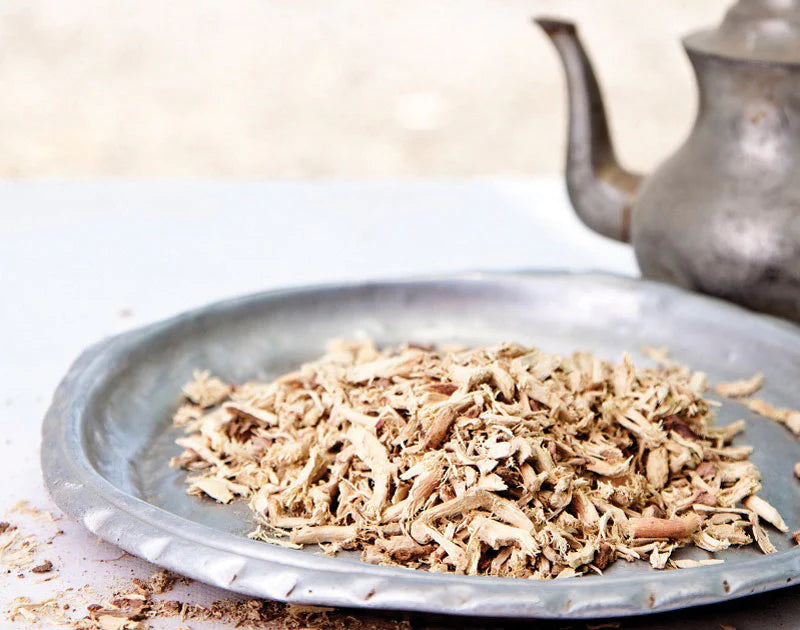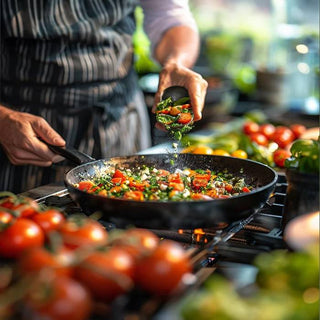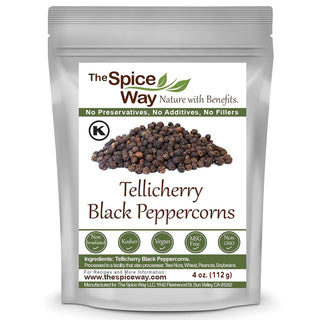In almost every culture in the “rest-of the world” there is a ritual of making and taking tea. Rich in culture you will find stories about the very exact preparation and presentation of the ceremonial tea in Japan enjoyed in special tea houses.
So why does Serena Williams bounce every ball a total of five times before serving it? Do you know why George Gershwin only composed music in his pajamas?
These are ritual practices believed to support positive outcomes. Rituals and pattern type behavior does not belong entirely to celebrities, writers, sports figures and those affected by OCD. We all practice rituals and sometimes they are so much a part of our lives that we are not even conscious of doing them. Think of some of the religious rituals we perform like crossing yourself or moving from bead to bead while praying the rosary or saying grace before meals. There are also social rituals like taking your hat off in a building, closing an umbrella before entering a building,
No matter whom you are, you already have a variety of daily rituals that become so familiar they are routine. These are theunconscious types of rituals most of us do each day such as brushing our teeth, showering, having dinner at 6pm, making ourselves coffee, our favorite TV show, watching the 7PM news on channel 4 or covering the bird cage while saying “Goodnight Tweetie”.
So it is fair to say that rituals and routines provide structure and habitual practices in our lives. But these examples are representative of mindless harmless efforts. What happens when we focus our power of intention and attention on rituals? As an example, you might want to give up smoking so instead of smoking you substitute another ritual in its place. This is done with purpose and strong intention. These are formulaic rituals in which there are a number of steps, repetitions of procedures and specified times. The last thought on ritual is taken from an article published in Scientific American authored by Francesca Gino and Michael I. Norton. “Despite the absence of a direct causal connection between the ritual and the desired outcome, performing rituals with the intention of production of a certain result appears to be sufficient for that result to come true.” Here’s another good reason for us to be more mindful.
How can we write about rituals and leave out the most famous of all healthy rituals— tea time! In almost every culture in the “rest-of the world” there is a ritual of making and taking tea. Rich in culture you will find stories about the very exact preparation and presentation of the ceremonial tea in Japan enjoyed in special tea houses. There is a Chinese tradition of serving the dead ancestors the first cup of tea. In Afghanistan, tea rituals involve pouring from one pot to another, while the Moroccans pour their tea from at least two feet above the cup. The Russians love their vodka but tea as well. In Russia today, Zavarka tea is the drink of choice, most likely prepared in a traditional samovar. Of course the Brits prefer their beverage at tea time with crumpets and scones. The big question is whether the milk goes in before the tea or after.
You cannot rush the preparation of a cup of tea so we suggest you develop your own ritual. Make it your morning meditation tea or your evening unwinding ceremony— but make it yours. We can suggest some fun and exotic herbal infusions for teas with purpose or select one of our flavored black teas to start your day.
Theresa Ford
Daily Rituals: How Artists Work Mason Currey published by Alfred A Knopf
Why Rituals Work Scientific American authored by Francesca Gino and Michael I. Norton







